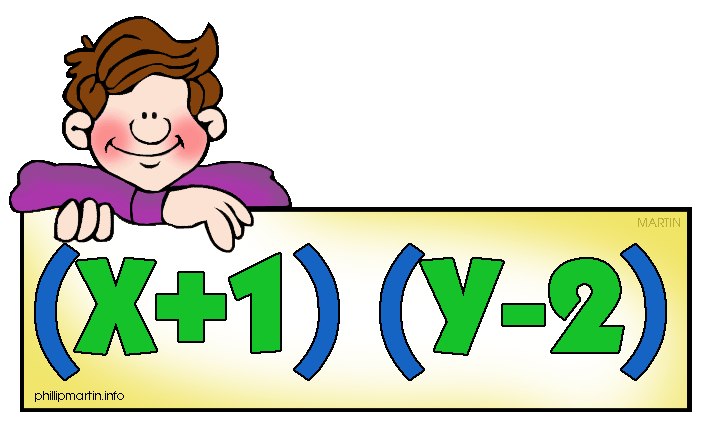Quality DOES Matter!
So BlendKit 2012 wrapped up yesterday with a final webinar where the topic of discussion was course quality. Let's face it, jsut like in a face-to-face class there are great online/hybrid courses and there are not so great courses. For some reason, probably because it is easier to do so, online and hybrid courses are held to a higher standard than F2F classes. And that is okay with me because I have taken enough classes in my lifetime to tell the difference and I want any course that I am involved with developing (or teaching) to be of the highest quality. Quality doesn't come easily but a sincere attempt to align objectives with content should result in pretty decent organization. And then if we can keep the content student-centered with engagement and support in mind, we will probably end up with decent quality.
For the courses we are developing here at CMC, for the Integrated Energy program, I had planned to use the QM Rubric to review each course prior to student involvement. This makes sense because of my experience as a certified Quality Matters Peer Reviewer. However, I have been so closely involved in the development of these courses that it might be better to get another set of eyes so I think I will take Kelvin Thompson's (BlendKit Guru) suggestion and try to get a peer to review the courses using the peer review form provided within the course. The BlendKit form covers most of the important parts of a well-designed hybrid course while giving an instructor plenty of chance for improvement. The QM rubric will be more appropriately implemented after the course has been taught at least once and by then we at CMC should have our QM process in place.




